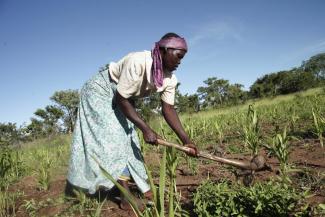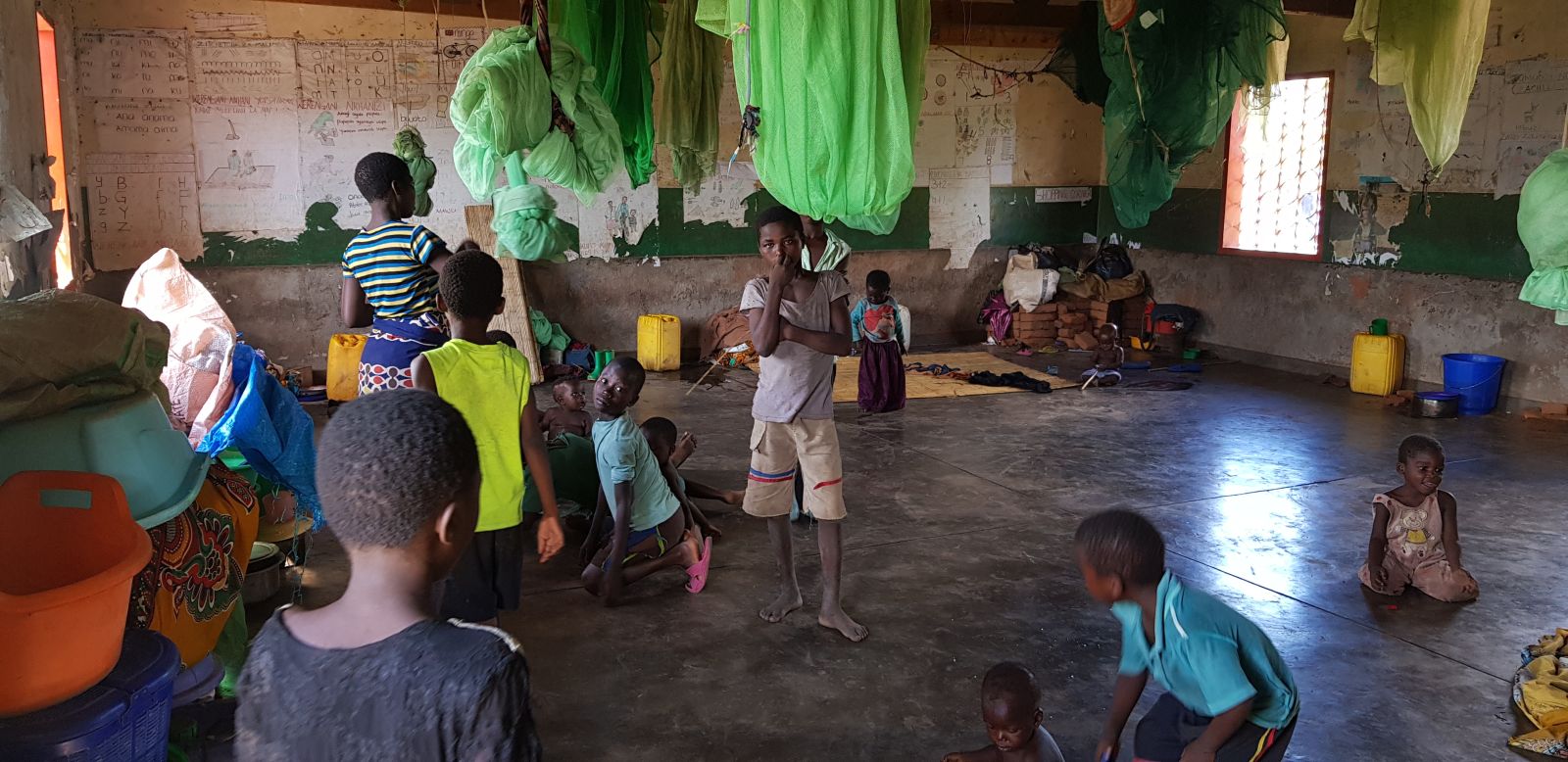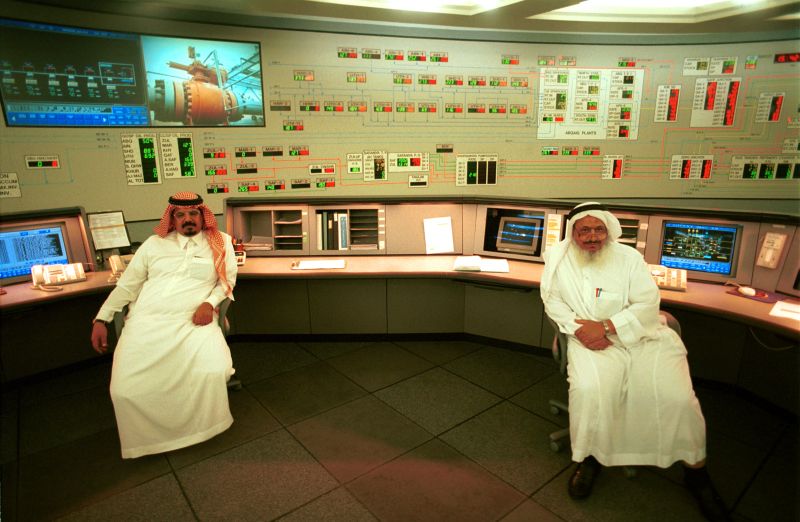Development
Political and economic profile of Malawi

None of the parties have a clear political profile. Chameleon politics – switching parties for career advancement – is common practice at all levels. There are no ideological barriers between parties. Parliament’s control function is limited by the constitution and capacity. The prevailing political and organisational conditions significantly reduce the efficiency and effectiveness of the work of both government and parliament.
#With a per capita gross national income (GNI) of $ 320, Malawi is one of the world’s poorest countries. Seventy percent of the people live below the poverty line on a purchasing power of less than $ 1.90 a day. Hunger and dependence on food aid are widespread. In 2015/16, 6.5 million people relied on food aid. That was nearly 40 % of the population. In 2018/19 the figure is forecast to be at least 3.3 million.
The UN Development Programme (UNDP) ranks Malawi among the lowest of the “low human development countries”. According to its Human Development Index (HDI), the country is the 171st of 189. Despite a moderate downturn in the fertility rate to 4.4, population growth is still at 2.9 %. According to recently published census results, Malawi currently has a population of just under 18 million. By 2050, that figure will more than double to 43 million, with serious unpredictable implications for the economy and environment.
Malawi’s economy is extremely susceptible to exogenous shocks. Sixty-five percent of the people work in agriculture, predominantly engaging in rain-dependent subsistence farming with very low productivity on shrinking areas of farmland. Malawi’s economy (measured in GDP per capita) grew by just 1.5 % per year between 1995 and 2015, compared with an average of 2.7 % for other resource-poor countries in sub-Saharan Africa. In 2017, the figure stood at four percent. The forecast for 2018 is 3.3 % (IMF). That is well below the economic growth of at least six percent needed to reduce poverty significantly. However, the structural requirements are not in place for a sustained long-term economic upswing of that order. (rd)













